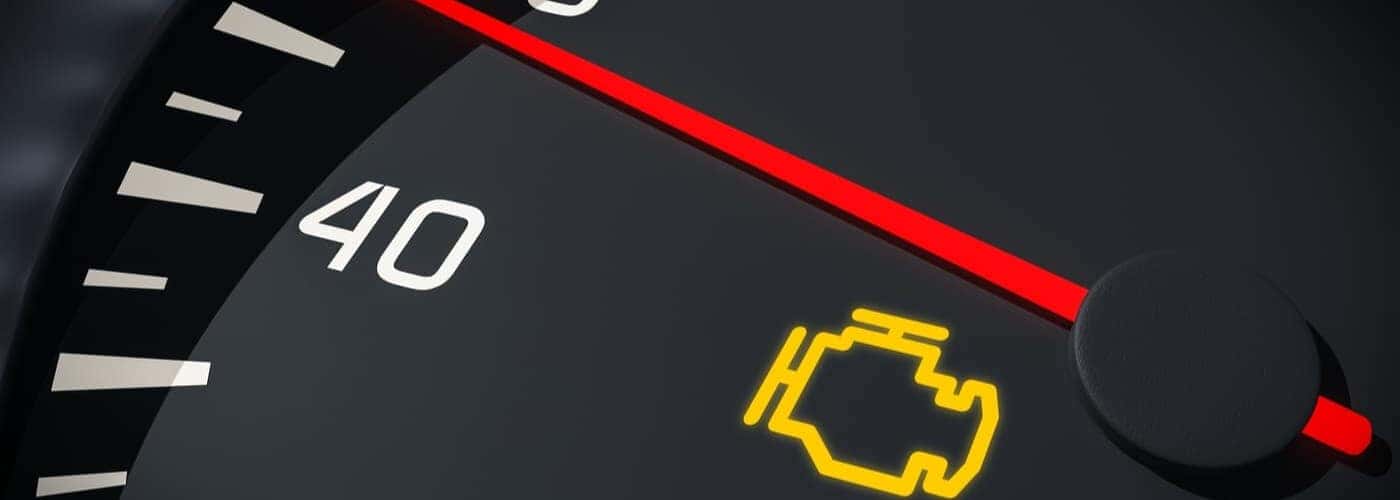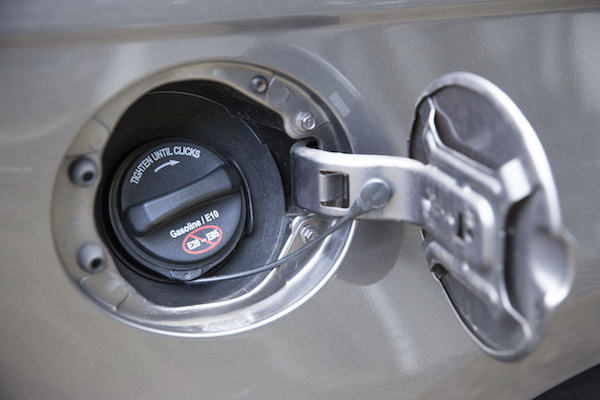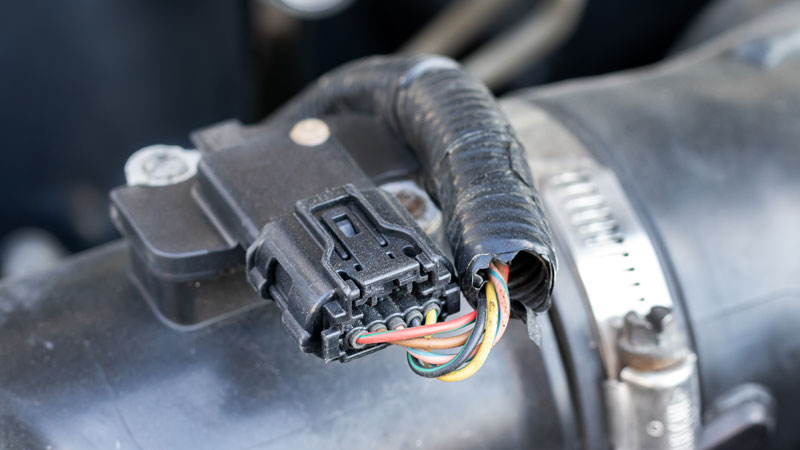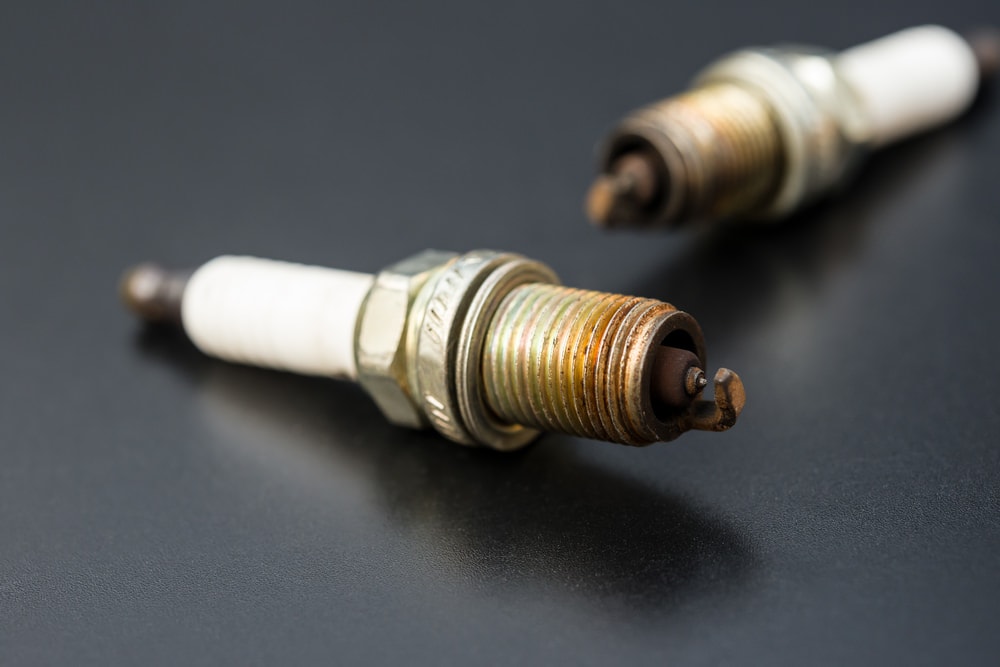What should you do when the Honda check engine light comes on
When your car’s onboard computer (or PCM, Powertrain Control Module) notices a problem, the Honda check engine light comes on. This computer inside your car makes sure that it uses the least amount of gas and puts out the least amount of pollution. The PCM makes a code that tells you what part or system is broken (electrical system, oxygen sensors, and so on). Your tech can take the code from the car and look it up to find out what it means.
In the meantime, you might be wondering: What are the chances? Is there something going on with your car or in your life that made the “check engine” light come on? Where should a mechanic look first to find where the problem is?
Honda check engine light

If the check engine light on your Honda starts flashing, the problem needs to be fixed right away, so you should bring your car in right away.
A flashing light means that the problem is dangerous and could cause major damage to the car if it isn’t fixed right away. This blinking light usually means that the engine has a serious misfire, which lets unburned fuel go into the exhaust system.
There, it can quickly raise the temperature of the catalytic converter to a point where it is likely to be damaged and need an expensive repair.
Some owners ask if the check engine light flashes because of the spark plugs. This is a very likely reason.
Misfiring can be caused by a bad, old, or dirty spark plug. If you ignore the problem or keep driving, it could spread to the spark plug wires, the catalytic converter, or the ignition coils, which would be very expensive to fix.
Also Read: Toyota Check Engine Light On | Complete Detail Guide
Honda Service Check Engine Light
What do you do when you’re driving your Honda and all of a sudden a yellow light that says “Check Engine” comes on? If you’re like most Honda owners, your heart sinks a little because you don’t know what that light means or what to do about it.
Just as stressful can be the fear of the unknown or the cost of the unknown. But take a deep breath and remember that just because the light is on doesn’t mean you have to pull over to the side of the road and call a tow truck.
However, you should get your Honda checked out as soon as possible. If you ignore that warning, it could hurt expensive engine parts in a big way.
When your Honda’s onboard computer, the electronic control module (ECM), finds a problem in the electronic control system that it can’t fix, a computer turns on your check engine light.
This amber or yellow light usually says “Check engine” or “Service engine soon.” Sometimes, the light is just a picture of an engine or the word “check” next to a picture of an engine.
Some Causes of the Check Engine Light on a Honda
Has your Honda Civic, Accord, CR-V, Pilot, Odyssey, or Ridgeline’s check engine light come on? When you have never seen an engine warning before, it can be scary to see it pop up on your dashboard.
A check engine light can be turned on by a wide range of problems, some of which are more serious than others.
AutoNation Honda Renton can help you figure out what might be wrong with your car and what you should do next.
Here are the most common reasons why a check engine light comes on.
Loose Gas Cap

The gas cap on your car is loose, broken, or missing. Problems with the gas cap can lower fuel pressure and let fuel vapours escape. This makes the car use more gas and put out more harmful emissions.
Catalytic Converter Not Working

Your catalytic converter can get clog up over time, especially if you drive your car a lot. The carbon monoxide is taken out of the air by the catalytic converter, which is an important part of the emissions system. If the catalytic converter is broken or clogged, it can have a big effect on how well the car uses gas and how well it runs.
Spark plugs or wires that don’t work
You will need new spark plugs or spark plug wires at some point. Your spark plugs make a hot spark that ignites the mixture of air and fuel in the cylinder. This lets your engine start and run. If your spark plugs or spark plug wires aren’t working right, your engine could misfire, which would waste gas, slow it down, or even stop it from running.
Faulty Oxygen Sensor
Because it has been around hot exhaust gas for a long time, your oxygen sensor might need to be replaced. The oxygen sensor gives the ECU important information about the mixture of air and fuel. If your car’s oxygen sensor is broken, the computer might give the engine too much or too little fuel. there isn’t enough fuel in an engine, it could break down completely. If there is too much fuel, the engine will make too much smoke and smell bad.
Mass Air Flow Sensor Not Working

The Mass Air Flow (MAF) sensor could fail if it was exposed to dirty or dusty air. Like the oxygen sensors, the MAF sensor measures how much air is going into the engine. This helps make sure that the right amount of air and fuel is going into the engine. If your MAF sensor isn’t working right, it can cause your engine to misfire, which can lead to bad gas mileage, poor performance, and maybe even more damage to your engine than is necessary.
Honda Engine Check Light Codes
When the check engine light comes on, it can be scary to see that little light on your car’s dashboard light up all of a sudden. However, you shouldn’t run away in fear right away.
If you hear the term “diagnostic trouble codes” (DTC), it just means “check engine light codes.”
These are computer codes for cars that are stored by the ECM, which is also called the “on-board computer diagnostic system” (OBD) in your car.
There are a lot of different things your check engine light can mean.
Even though that sounds hard, if you take the time to do basic diagnostics, you’ll learn useful things about your car and be able to use the Check Engine Light as it was meant to be used: as a guide.
Unfortunately, the Check Engine Light does not always come with clear and helpful signs that something is wrong with a car.
Since there are literally thousands of probable OBD codes, there are also hundreds of potential reasons why the light is on.
- Bad Spark Plugs
- Emissions controls issues
- Computer display circuit issues
- O2 Sensor
- Gas Cap is Loose or Missing
- Used battery
- Fuel and air smart meters systems problems
- Transmission issues
- Ignition system faults
Will the “Check Engine” light turn off on its own?
If the problem or code that made your Honda’s check engine light come on is fixed, the light will usually turn off by itself.
For example, if your check engine light came on because your gas cap was loose, tightening it will turn off the light.
Also, if your catalytic converter is going bad and you did a lot of stop-and-go driving, the check engine light may have come on because the converter was used so much.
Most of the time, your Honda light will go out between 20 and 40 miles after you’ve driven. If you drive more than that amount and the light is still on, you will need to bring it to Honda so the light and code can be check again and reset.
How much does it cost to have someone check the engine light?
Most of the time, the cost to diagnose and test a check engine light is between $88 and $111.
The important news is that Nalley Honda offers free multi-point inspections and, in most cases, free diagnostics to help figure out why your check engine light is on.
The check engine light can be a sign of problems as simple as a loose gas cap or as dangerous as a broken catalytic converter or a problem with one of the car’s oxygen sensors, so it’s important to get the right code reading and diagnosis.
How far can you go when the check engine light is on?
If your check engine light is flashing, you should pull over and call Honda. They can help you figure out if your car is safe to drive or if you should call a tow truck.
It could be a bad sensor or that the plug wires need to be change. Since each check engine code has its own level of severity, you can usually figure out how many miles you can drive with the warning light on.
The safest bet is to figure out the code and then make a good plan.
Is it safe to drive with the check engine light on in my Honda?
This question is not easy to answer because the answer depends on how bad the problem is.
If the problem is small, like a loose gas cap, the car should be safe to drive. This is always shown by a steady glow from the “check engine” light.
If you notice a change in how the car works, it could be a sign of a more serious problem.
If your “Check Engine” light comes on, here are 10 questions to ask.
Once you know if your car is running normally and if the light is on or flashing, you can ask the rest of the questions.
- Has your car been to the shop recently for maintenance?
- Have you recently put gas in your car?
- Did you maybe put too much gas in your car?
- Have you recently set up any new electronic devices?
- If you drove through a deep puddle, did your “check engine” light come on?
- Does your car have too much humidity because of a water leak?
- You live in a rural area with lots of animals, right?
- Are there any other warning lights on the dash?
- Has your car been sitting for a long time without being driven?
- You were the last person to drive your car, right?
